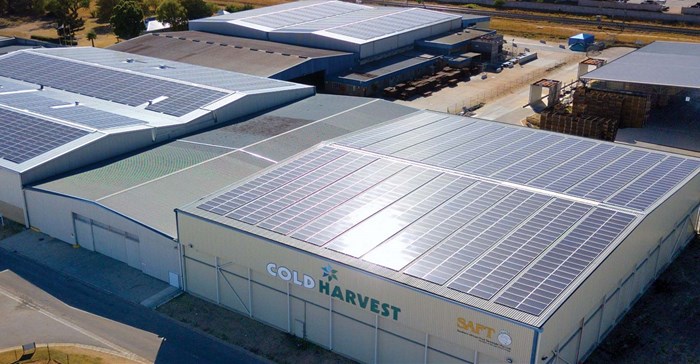
Related
Top stories


LegalTsotsi star’s house, bought with lottery funds, frozen by Special Tribunal
Raymond Joseph 8 hours




More news



The draft Integrated Resource Plan 2018 (IRP) which recently concluded its 60-day window period for public comment, has laid out a clear path for reducing coal generation in South Africa from approximately 70%, to around 44.6% of the total energy mix within the span of only 12 years, thereby helping the country to diversify its energy mix considerably. According to this plan, renewable energy will be given an opportunity to play a much bigger role, accounting for around 25% of electricity generated in the country by 2030.
The IRP update also reveals that electricity consumption in South Africa is currently around 30% less than what was projected in 2010.
This massive reduction in energy demand is in no small part due to the private sector’s increasing access to renewable energy and private generation capabilities. Renewable technologies have been decreasing in cost at a rapid pace, and it is currently estimated that solar and wind generation will undercut the cost of fossil fuel generation by as early as 2020.
There has also been a steady decline in electricity sales’ volumes recorded by municipalities in recent years. Both consumers and industry are clearly making significant strides in becoming less grid-tied.
With that said, coal still has a major role to play in the future of South Africa, and a future reduction in demand from the utilities side, may in fact see this industry benefit significantly. With the growth of clean-coal technology, the demand for coal on the international market is expected to continue growing. The export market may hold more profitable opportunities for even the low-grade thermal coal that currently gets earmarked for power generation.
Our suggestion to government, is to work towards finding methods of phasing out coal-based power generation even faster, and to use thermal coal in a way that can bring much more benefit to the country’s economy, namely through export.
In addition to cheaper renewable generation, energy storage solutions are becoming more efficient and affordable. This is, in turn, likely to further promote the use of private micro-grids. As such, the next draft of the IRP should make a far greater allowance for the growth of private generation, and explore new ways to better predict and work towards electricity distribution models that lead the way for the whole of the African continent.